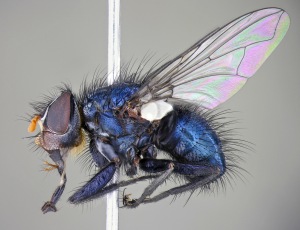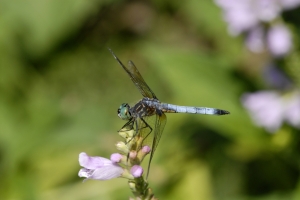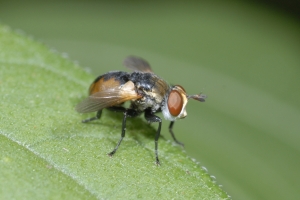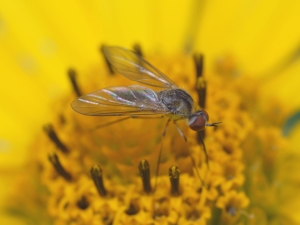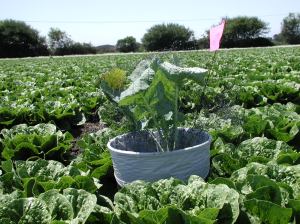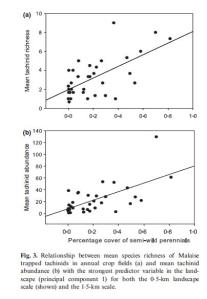Although MS student Diego Inclan successfully defended his thesis more than two years ago, the focus of his research was published this year:
Inclan, D.J. & Stireman, J. O. III. 2013. Revision of the genus Erythromelana Townsend, 1918 (Diptera: Tachinidae) with description of 11 new species and analysis of their phylogeny and diversification. Zootaxa. 3621:1-82.(Abstract here)
In this lengthy manuscript Diego describes 11 new species (as you can tell from the title) of a little known, small bodied and somewhat gracile genus of tachinids in the tribe Blondeliini that occur in the Neotropical region (Northern Argentina
to Southern Mexico). Most of the species are found in cloud forest habitats in the Andes. Diego also examines their phylogenetic relationships using morphological and molecular approaches and examines potential modes of diversification for the genus. With only three previously described species, Diego has more than quadrupled the number of known species in the genus.
Why focus on this group of small, poorly known cloud forest tachinids?
First, exploring, documenting and describing all of Earth’s organisms is a worthy goal in itself. Each has many fascinating biological “stories” or “lessons” to tell with its unique evolutionary history and ecological niche. Describing these species is a first step towards elucidating these lessons, which may be far reaching (e.g., I always like to point out the vast scientific knowledge we have gleaned from studying the small and nondescript species Drosophila melanogaster).
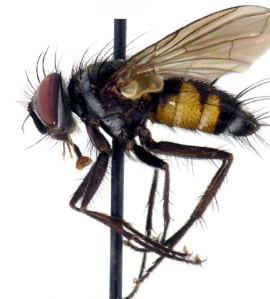
Erythromelana cryptica Inclan, one of the new species described in this study
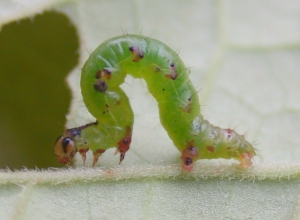
A species of the diverse geometrid genus Eois, hosts of Erythromelana
However, there is another reason that we focused on this genus. It just so happens that Erythromelana species are parasitoids of small geometrids in the genus Eois. We know this because we reared several species (first known rearings for the genus) from Eois in the cloud forests of Ecuador (see post Ecuador Expedition). Eois is a very diverse genus of geometrids that feed on plants in the hyper-diverse genus Piper (Piperaceae), and this tritrophic system of plants, herbivores, and parasitoids has been the subject of a number of studies by collaborators of our “Caterpillars and Parasitoids of the Eastern Andes” biological survey project (e.g., see Wilsonetal2011). One goal of Diego’s paper was to see if Erythromelana exhibited evidence of co-evolution and host-associated differentiation with their Eois hosts. Although the degree of specificity of Erythromelana species is difficult to evaluate due to the many undescribed and cryptic species of Eois that we know of, our rearing records suggest considerable overlap in host use among these tachinids. Thus, it would appear that perhaps geographic isolation may play a greater role in Erythromelana diversification than host associations.
Why ‘ghosts of the cloud forest’? This somewhat dramatic title refers to the rarity of Erythromelana species. Total parasitism of Eois (from over 5000 rearings) is less than 0.5% and we only recovered a single specimen from a pan trapping effort at Yanayacu that collected over 2000 other tachinids. Several of the described species are known from just a handful of specimens. Still, these ‘ghosts’ can be observed, if one knows where to look. On a few occasions they have been seen, flitting about sunlit leaves over small streams in deep cloud forests of Costa Rica and Ecuador.
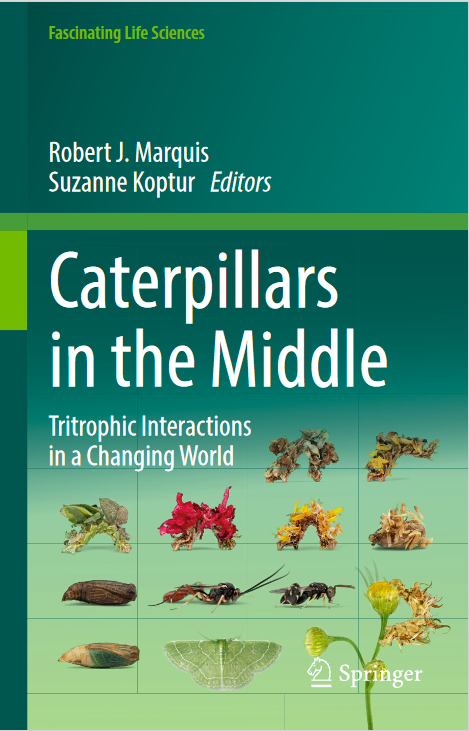

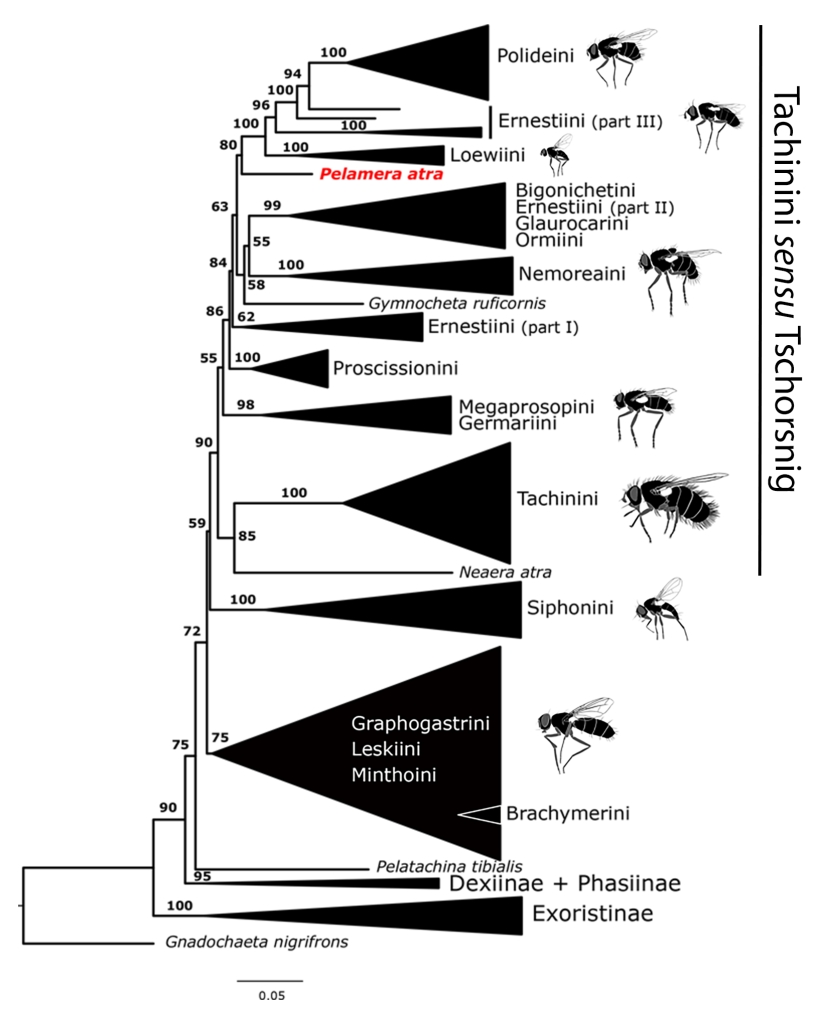
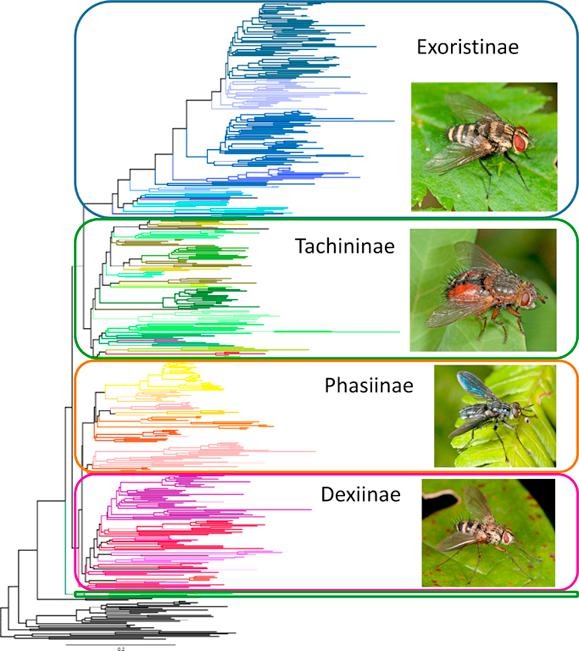
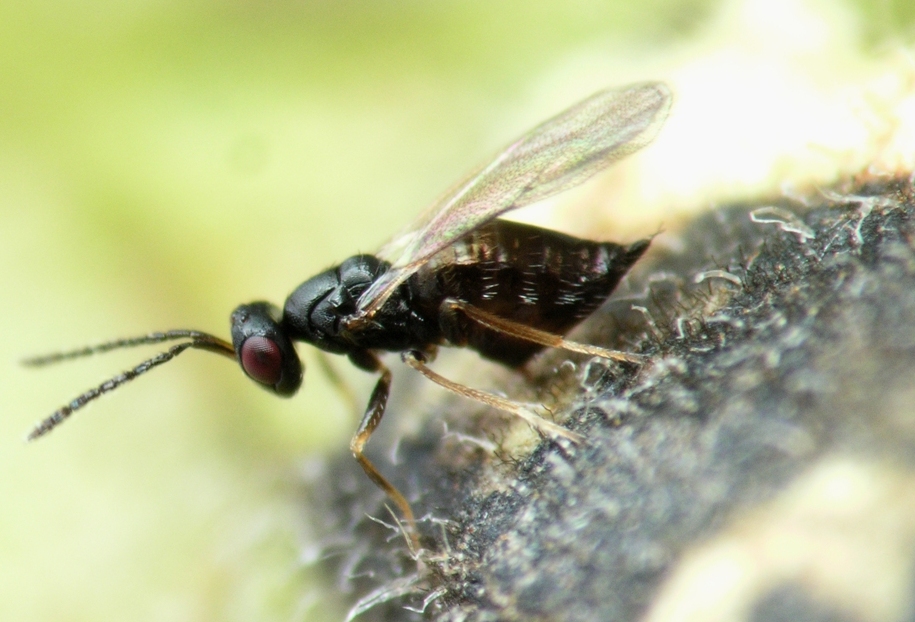
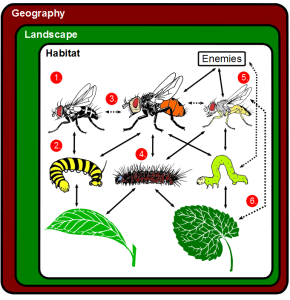 Stireman (me) was recently invited to write a mini-review of the community ecology of non-hymenopteran parasitoids for the journal Current Opinion in Insect Science. This was a difficult task as the review was supposed to focus on recent (last 5 years) literature, and was severely constrained in length and number of references. Still, I hope that it provides a decent overview of some of the recent research on the topic (focusing on dipteran parasitoids) and helps to spur further research.
Stireman (me) was recently invited to write a mini-review of the community ecology of non-hymenopteran parasitoids for the journal Current Opinion in Insect Science. This was a difficult task as the review was supposed to focus on recent (last 5 years) literature, and was severely constrained in length and number of references. Still, I hope that it provides a decent overview of some of the recent research on the topic (focusing on dipteran parasitoids) and helps to spur further research.